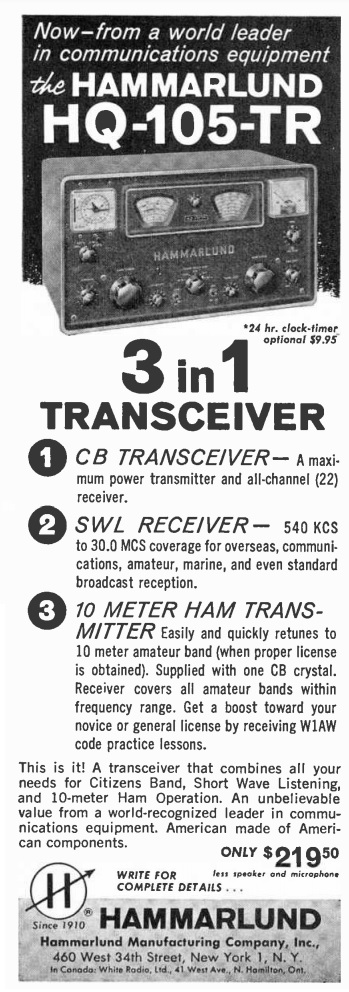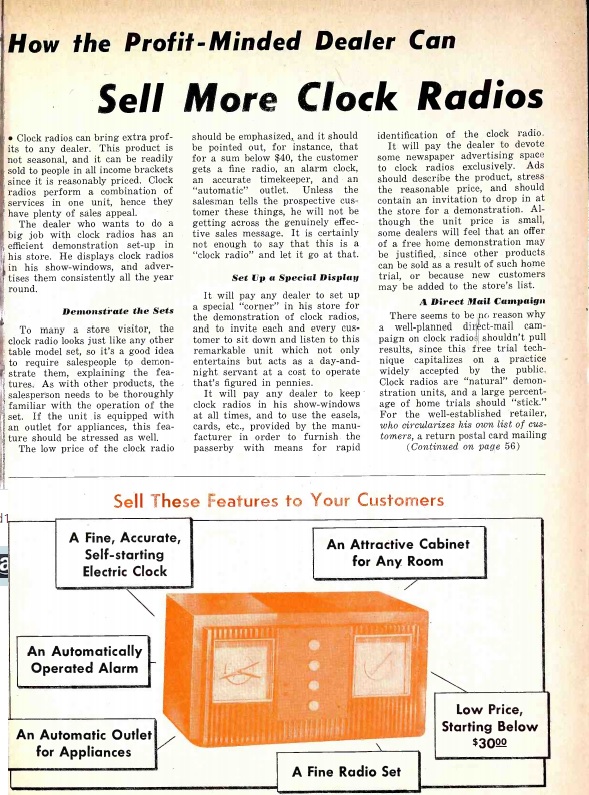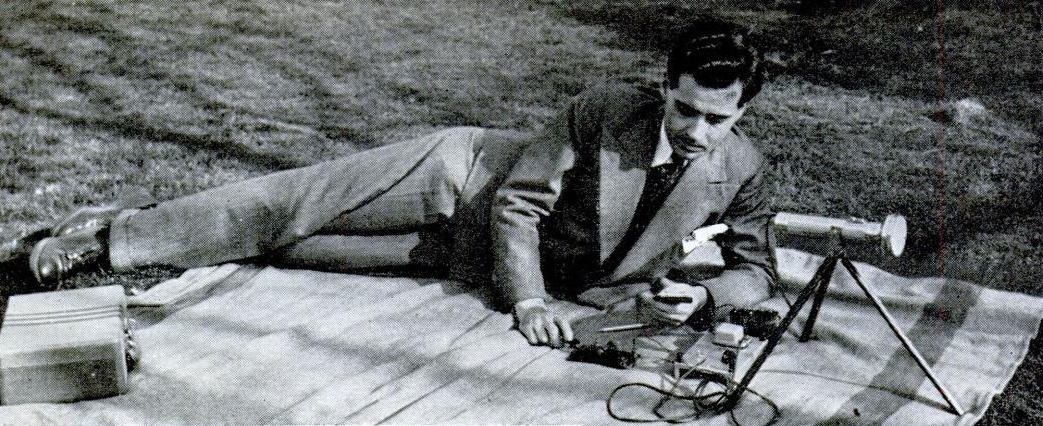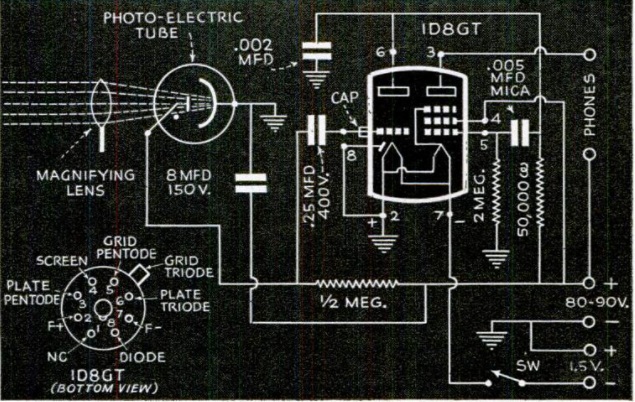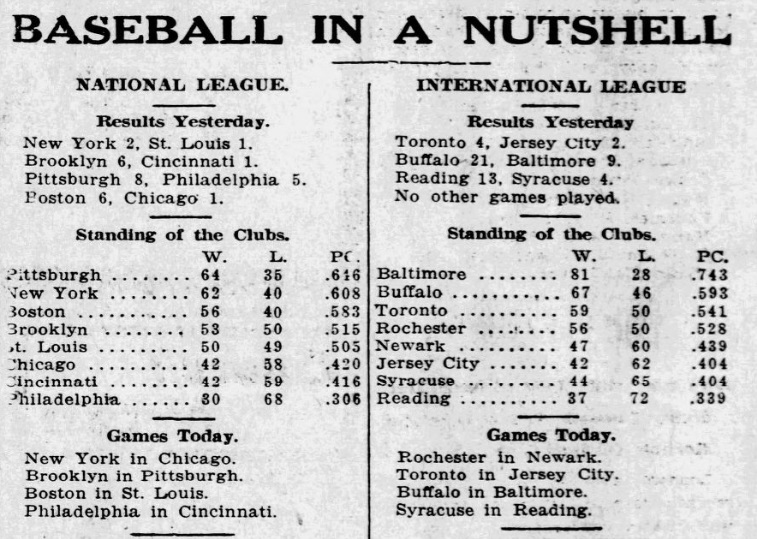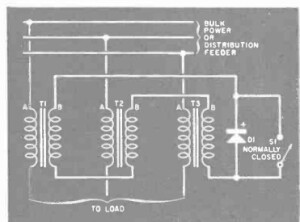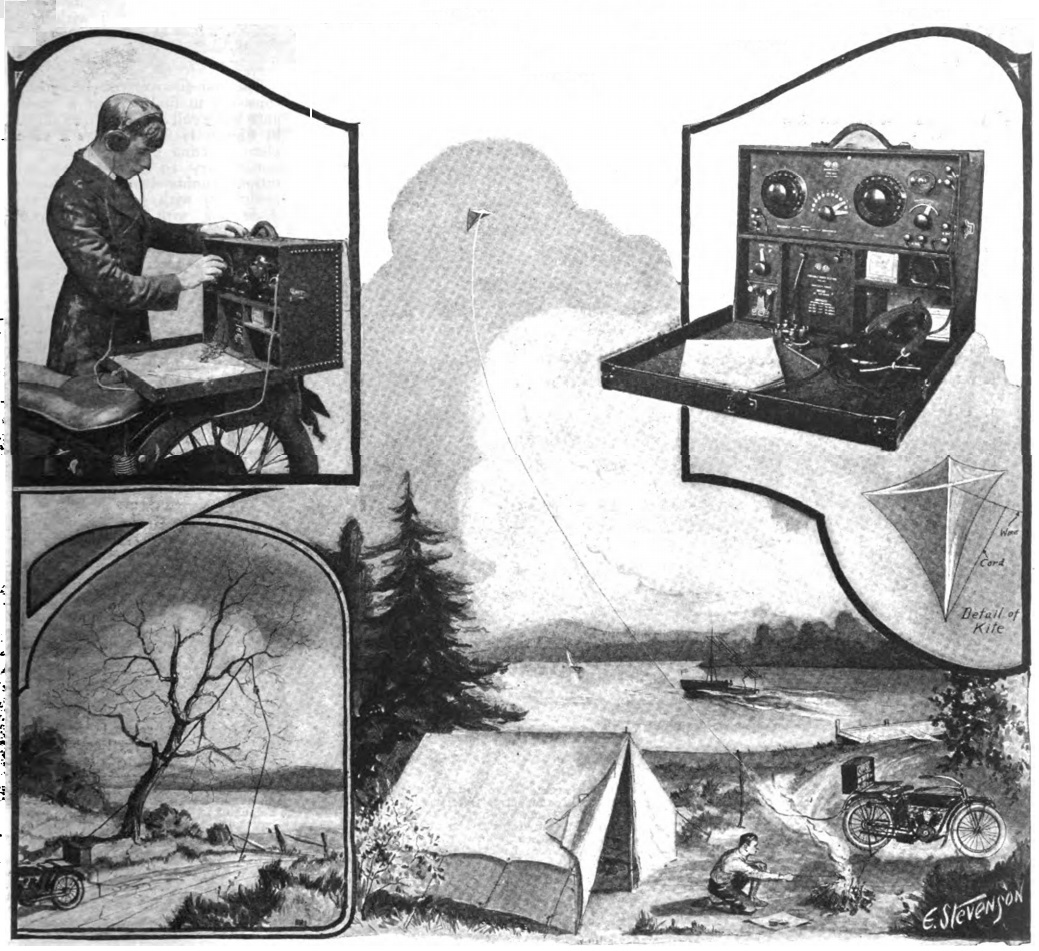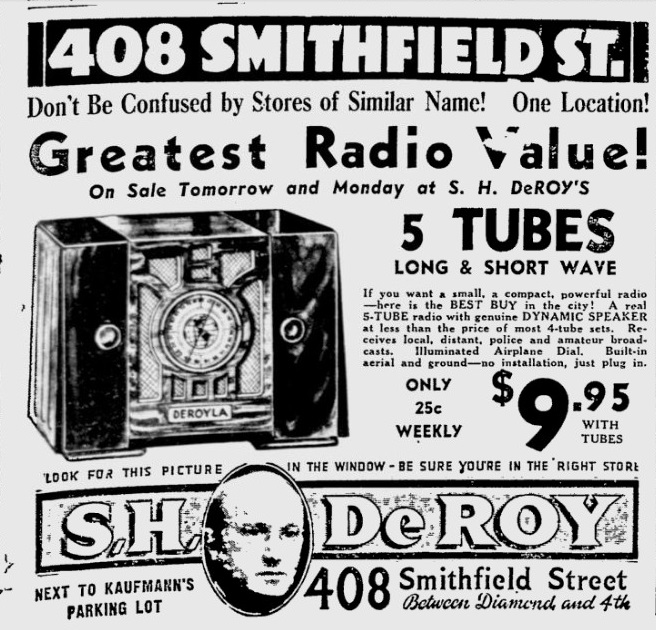 This ad appeared in the Pittsburgh Press 85 years ago today, August 7, 1936, and it raises some interesting questions. It’s for the store of one S.H. DeRoy, 408 Smithfield Street, Pittsburgh.
This ad appeared in the Pittsburgh Press 85 years ago today, August 7, 1936, and it raises some interesting questions. It’s for the store of one S.H. DeRoy, 408 Smithfield Street, Pittsburgh.
It implores customers not to be confused by stores of a similar name, and points out that there is but one location for the S.H. DeRoy store. There was a picture of S.H. DeRoy in the window, and you were supposed to look for that before going in.
It appears that other relatives of S.H. DeRoy might have been operating their own competing stores, hence the warnings. This case from the U.S. Tax Court reveals that S.H. had been in partnership with his brother and father running a jewelry business, but the partnership went bankrupt in 1930. Another brother acquired the assets, formed a new corporation, and attempted to continue the business. But by 1937, it too had become insolvent. While it’s hard to tell for sure, it’s likely that other family members were in competition, hence the warnings.
According to the court decision, the company was primarily in the retail jewelry business, and it appears that much of their business was frames for eyeglasses. In 1936, S.H. apparently branched out into radio, with the model shown here. The court opinion notes that the jewelry was sold on credit, and the radio was as well, since you could take it home for only 25 cents per week, or buy it for $9.95 cash.
Despite the insistence on not being misled by similar names, it’s interesting to see the brand name of the radio being sold. This set, described only as receiving both longwave and shortwave, bears the brand name of Deroyla. That makes perfect sense, since it’s being sold by DeRoy. But it’s also suspiciously similar to Detrola, which was a major brand name at the time. The only other Deroyla radio I’ve been able to find is this ebay listing, which is for a model with a similar description by somewhat different front panel layout.
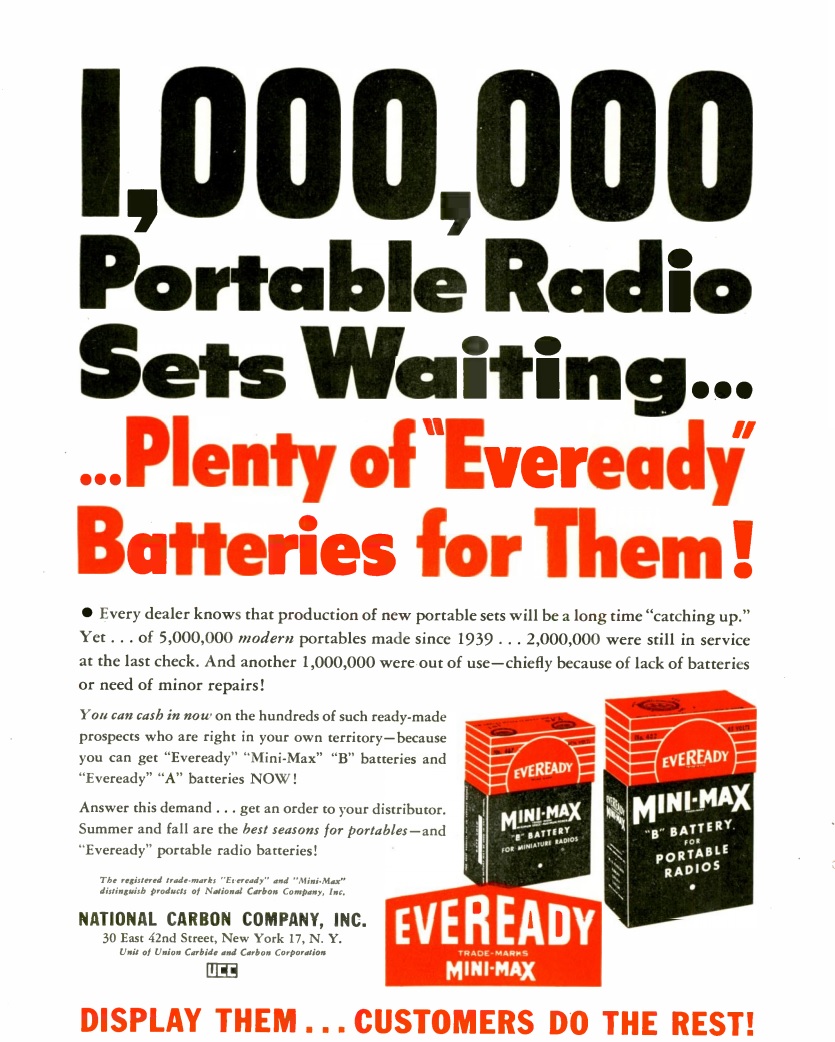 Seventy five years ago this month, the August 1946 issue of Radio Retailing carried this ad for Eveready batteries. The wartime years were ones of shortages of many consumer products, and radio batteries were difficult or impossible to find.
Seventy five years ago this month, the August 1946 issue of Radio Retailing carried this ad for Eveready batteries. The wartime years were ones of shortages of many consumer products, and radio batteries were difficult or impossible to find.

